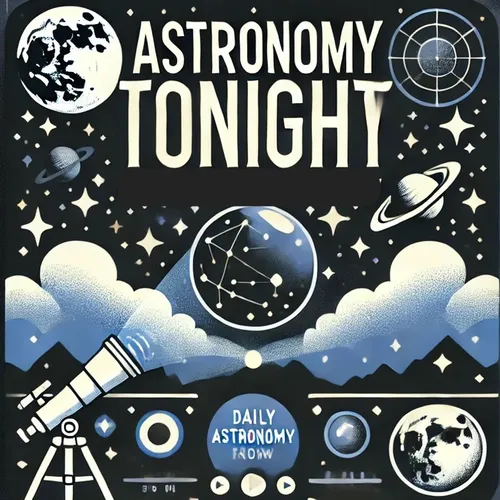Astronomy Tonight for - 12-06-2024
- Author
- Inception Point Ai
- Published
- Fri 06 Dec 2024
- Episode Link
- https://www.spreaker.com/episode/astronomy-tonight-for-12-06-2024--63186239
Ah, December 6th! A date that twinkles with astronomical significance. Let me take you back to December 6, 1882, when a celestial spectacle graced our skies and left astronomers of the time positively starstruck.
On this day, the Transit of Venus occurred – a rare astronomical event where Venus passes directly between the Earth and the Sun, appearing as a small black dot moving across the Sun's face. This was the second Transit of Venus in the 19th century, following one in 1874, and it wouldn't happen again until 2004!
Picture, if you will, astronomers around the world, their excitement bubbling over like a freshly opened bottle of champagne. They had their telescopes polished, their solar filters at the ready, and their quills poised to record this once-in-a-lifetime event.
The United States sent out eight expeditions to observe the transit, scattering teams across the globe from South Africa to New Zealand. It was like a cosmic scavenger hunt, with scientists racing to secure the best vantage points.
One particularly enthusiastic astronomer, David Peck Todd, went to such lengths as to ascend in a hot air balloon to get above the clouds for a clearer view. Talk about taking astronomy to new heights!
This transit was crucial for scientists of the time. They used it to refine their calculations of the distance between the Earth and the Sun (the Astronomical Unit), which is fundamental to understanding the scale of our solar system and beyond. It's like they were cosmic cartographers, mapping out the celestial neighborhood with unprecedented accuracy.
The observations from this transit also contributed to the development of spectroscopy in astronomy, helping pave the way for our modern understanding of the composition of celestial bodies.
So, on this day in 1882, Venus strutted its stuff across the solar catwalk, and astronomers worldwide were the paparazzi, frantically capturing every moment of its celestial fashion show. It just goes to show, even planets can have their 15 minutes of fame!
This content was created in partnership and with the help of Artificial Intelligence AI
